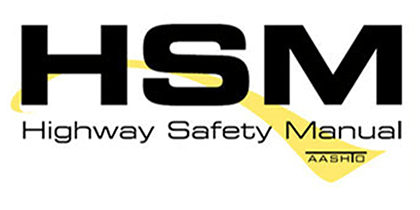Safety Prediction Model for High Occupancy Lanes
NCHRP's "Safety Prediction Model for Freeway Facilities with High Occupancy Lanes" provides a safety prediction methodology specifically for freeway facilities with high occupancy lanes.
To help relieve highway congestion and promote the movement of people, some state DOTs have modified their freeway facilities to include high occupancy (HO) vehicle lanes, high occupancy toll (HOT) lanes, and other managed lane (ML) strategies. As of 2021, 21 states have implemented HO/HOT lanes comprising over 4,000 freeway lane miles.
The predictive method applies to crashes occurring on both freeway general purpose lanes and HO/HOT lanes combined, and offers a stand-alone approach that uses one-direction models for freeway segments, entrance speed-change lanes, and exit speed-change lanes. The research establishes crash-type proportions that can be used to predict crash frequency and severity by individual crash type, using a predictive method that is recommended for consideration and potential inclusion in the next edition of the Highway Safety Manual.
Who is NCHRP?
The National Cooperative Highway Research Program conducts research in problem areas that affect highway planning, design, construction, operation, and maintenance in the United States.
Administered under the Transportation Research Board (TRB), NCHRP is a collaborative effort between the Federal Highway Administration (FHWA) and the National Academy of Sciences.
Highway Safety Manual
The HSM is the premier guidance document for incorporating quantitative safety analysis in the highway transportation project planning and development processes.
Developed by AASHTO in 2010 and supplemented for freeways in 2014, the HSM presents contemporary scientific methodologies for estimating safety performance of highways and streets to inform the highway transportation decision-making process.
-0.jpg)

